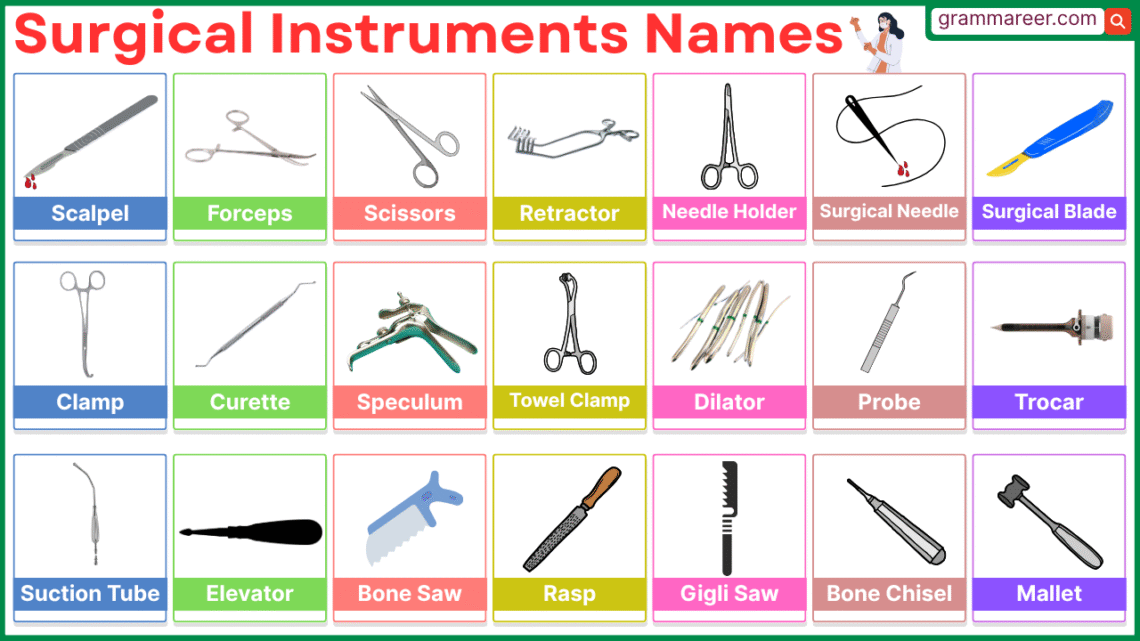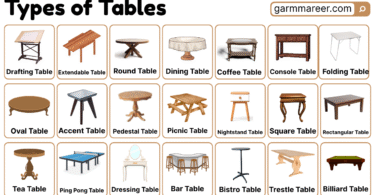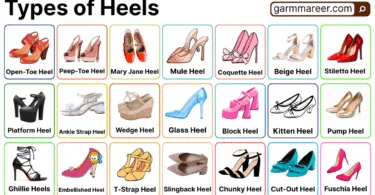Learning surgical instruments names is essential for medical learners and ESL students in healthcare. This article helps you to understand, identify, and categorize each tool used during operations. It presents instruments with names, functions, and categorized types, supported by labeled images. Whether it’s for general surgery or specialties, knowing these names improves vocabulary and visual recognition.
Table of Contents
Surgical Instruments Names with Pictures and List
Understanding surgical instruments helps students and healthcare learners recognize the tools used during operations. Below is a list of names commonly used in medical environments.
Clamp: Holds tissues or blood vessels firmly to control bleeding during surgery.
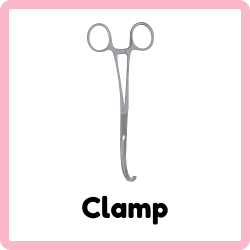
Gigli Saw: Flexible wire saw used to cut bones safely in surgical operations.
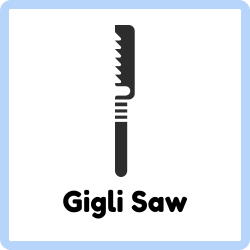
Speculum: Opens body cavities, giving doctors clear visibility for examination or treatment.
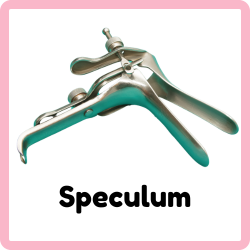
Scissors: Used to cut tissues, sutures, or materials precisely during medical procedures.
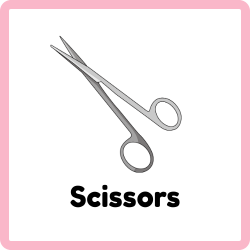
Rasp: Used to smooth or shape bone surfaces during surgical procedures carefully.
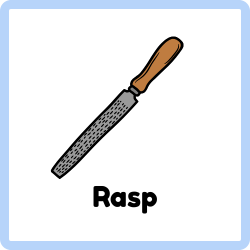
Mallet: Small hammer used to apply controlled force on surgical instruments or bones.
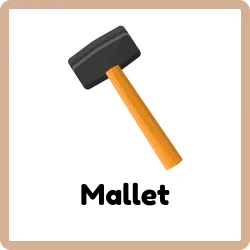
Retractor: Holds back tissues or organs, giving surgeons better access to operating area.
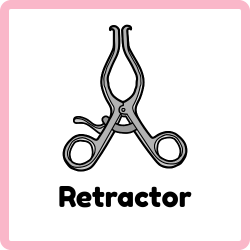
Surgical Needle: Curved or straight needle used to stitch tissues together during surgery.
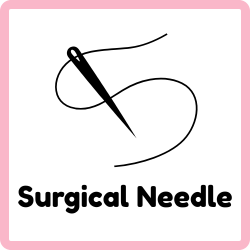
Elevator: Lifts or separates tissues or bone fragments safely during surgical procedures.
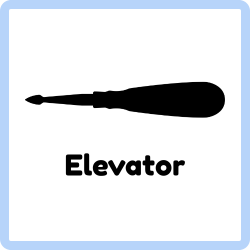
Scalpel: Sharp knife used for making precise incisions in tissues during surgery.
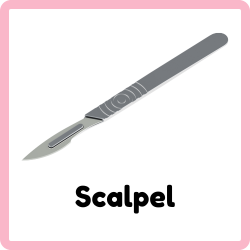
Probe: Explores wounds, body cavities, or passages gently to locate structures or blockages.
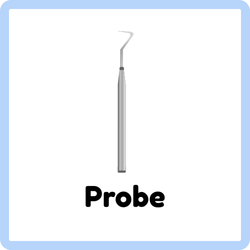
Trocar: Hollow instrument used to insert tubes or remove fluids during surgery safely.
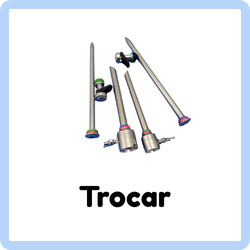
Suction Tube: Removes blood, fluids, or debris from surgical site for clearer visibility.
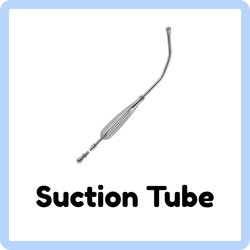
Curette: Scrapes or removes tissue from a body cavity carefully during surgery.
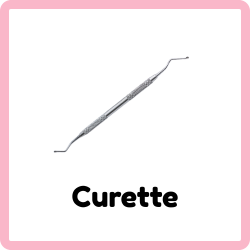
Needle Holder: Holds surgical needles firmly, allowing precise suturing of tissues.
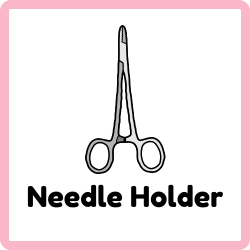
Forceps: Pinches and holds tissues or objects securely during medical procedures.
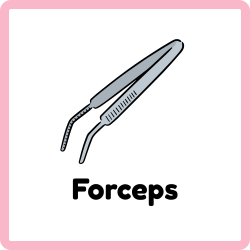
Dilator: Gently enlarges or stretches passages, canals, or openings in the body.
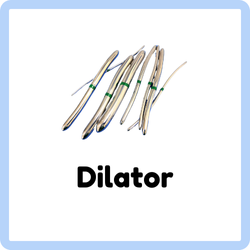
Surgical Blade: Sharp cutting tool used for making incisions or removing tissue accurately.
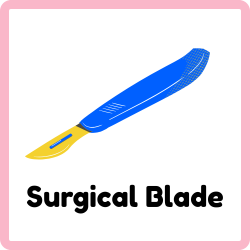
Bone Chisel: Shapes or removes small pieces of bone during orthopedic or dental surgery.
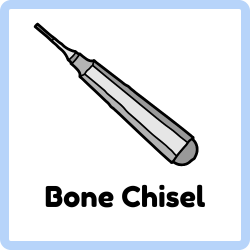
Towel Clamp: Secures surgical drapes or towels in place during operations for hygiene.
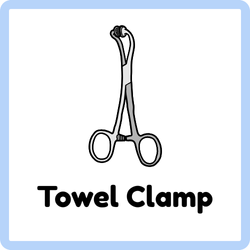
Bone Saw: Cuts through bones cleanly during surgeries such as amputations or orthopedic procedures.
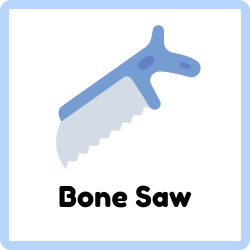
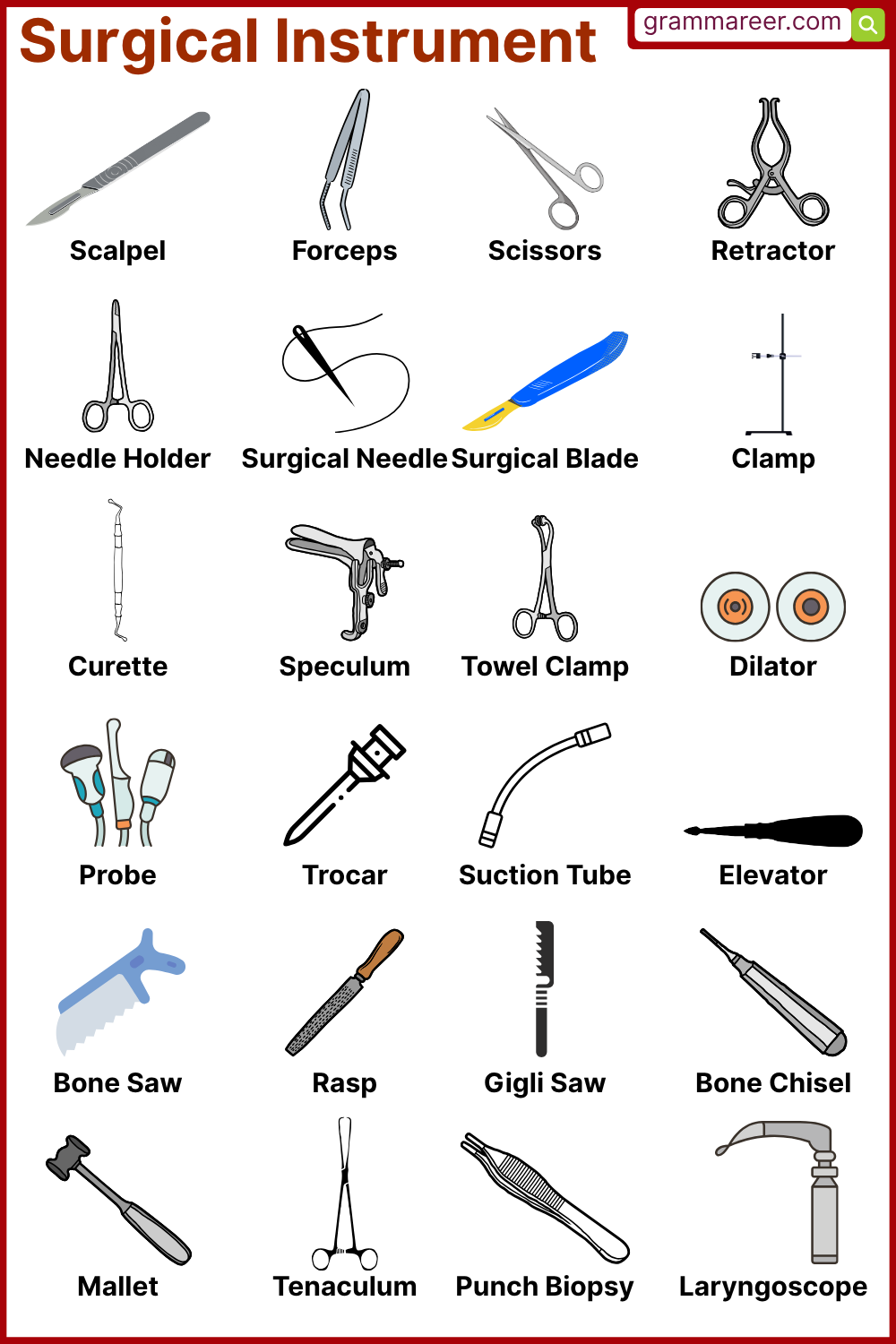
Different Types of Surgical Instruments
Surgical tools are classified based on their primary function during procedures. Below is a breakdown of the most common types.
Cutting Instruments
Cutting tools are used for incising tissue or separating structures.
- Scalpel
- Surgical Scissors
- Bone Cutter
- Amputation Saw
- Chisel
- Osteotome
Grasping and Holding Instruments
These instruments hold tissues or structures securely during surgery.
- Tissue Forceps
- Allis Forceps
- Babcock Forceps
- Kocher Forceps
- Tenaculum
Clamping and Occluding Instruments
These tools help stop blood flow or clamp vessels temporarily.
- Hemostat
- Kelly Clamp
- Mosquito Clamp
- Bulldog Clamp
- Satinsky Clamp
Retracting and Exposing Instruments
Used to hold tissues away and provide access to the surgical site.
- Richardson Retractor
- Senn Retractor
- Deaver Retractor
- Balfour Retractor
- Army-Navy Retractor
Suctioning and Aspirating Tools
They remove fluids or blood from the surgical area.
- Yankauer Suction Tip
- Poole Suction Tip
- Frazier Suction Tip
Dilating and Probing Instruments
These tools expand openings or check depth.
- Uterine Dilator
- Hegar Dilator
- Groove Director
- Probe
- Fistula Probe
Suturing Instruments
Used to close incisions or wounds.
- Needle Holder
- Surgical Needles
- Suturing Forceps
- Ligature
Basic Surgical Instruments Used in General Surgery
General surgeries use standard tools that assist in a variety of common procedures. Below is a chart of general surgical instruments.
- Scalpel
- Hemostat
- Surgical Scissors
- Needle Holder
- Retractor
- Forceps
- Towel Clamp
- Suction Tip
Specialized Surgical Instruments by Procedure
Specialties use procedure-specific tools depending on the surgical focus. Below are common instruments used in major fields.
Instruments Used in Orthopedic Surgery
Orthopedic tools deal with bones and joints.
- Bone Saw
- Bone Cutter
- Rongeur
- Bone Holding Forceps
- Osteotome
- Mallet
- Periosteal Elevator
Instruments Used in Neurosurgery
These tools allow access to brain and spine structures safely.
- Dural Scissors
- Kerrison Rongeur
- Penfield Dissector
- Aneurysm Clip Applier
- Leksell Rongeur
Instruments Used in Cardiovascular Surgery
These instruments are used for heart and vessel procedures.
- Vascular Clamp
- Aortic Punch
- Fogarty Clamp
- Bulldog Clamp
- Vascular Scissors
Instruments Used in ENT Surgery
ENT tools work in delicate areas like ears and throat.
- Nasal Speculum
- Aural Forceps
- Tongue Depressor
- Laryngeal Mirror
- Ear Curette
Surgical Instruments Used in Minor Procedures
Minor procedures still require precise instruments but fewer in number. Below is a list.
- Iris Scissors
- Dressing Forceps
- Scalpel
- Mosquito Clamp
- Needle Holder
- Disposable Scissors
- Towel Clip
Common Surgical Tools Found in Operating Rooms
Operating rooms include a standard collection of frequently used instruments. Here are some you’ll often see.
- Surgical Tray
- Sponge Forceps
- Surgical Drape
- Electrocautery Device
- Light Handle Cover
- Sterile Gloves
- Anesthesia Tools
Surgical Instruments and Their Uses in Medical Procedures
| Instrument Name | Main Use in Surgery |
|---|---|
| Scalpel | Used for making small, precise cuts in the skin and tissues |
| Forceps | Used to hold or grab tissues and small objects during surgery |
| Surgical Scissors | Used to cut tissues, stitches, or bandages |
| Hemostat | Clamps blood vessels to stop bleeding |
| Needle Holder | Holds needles firmly while stitching wounds |
| Retractor | Pulls back skin or tissues to help doctors see inside the body |
| Suction Device | Removes blood or fluids from the surgical area |
| Towel Clamp | Holds surgical drapes or cloths in place |
| Surgical Drapes | Sterile cloths that cover the body and keep the surgical area clean |
| Bone Saw | Used to cut through bone during orthopedic surgeries |
| Speculum | Opens body openings like the vagina for examination or surgery |
| Trocar | Pierces the body to insert surgical instruments in laparoscopic surgery |
| Curette | Scrapes away tissue or debris from body cavities |
| Dilator | Widens body openings like the cervix or blood vessels |
| Catheter | A tube inserted to drain or deliver fluids |
| Scalpel Handle | Holds the surgical blade securely for controlled cutting |
Types of Surgical Instrument Kits
| Surgery Type | Common Kit Instruments |
|---|---|
| General Surgery | Scalpel, Hemostat, Scissors, Retractors, Needle Holder |
| Orthopedic Surgery | Bone Saw, Osteotome, Rongeur, Mallet, Drill |
| Neurosurgery | Kerrison Rongeur, Retractors, Suction Tips |
| ENT Surgery | Frazier Suction, Otoscope, Speculum |
| Gynecological Surgery | Tenaculum, Sims Speculum, Curette, Dilators |
Specialized Instruments for Various Fields and their Uses
| Instrument Name | Specialization / Usage |
|---|---|
| Trephine | Neurosurgery, cutting circular bone sections |
| Kerrison Rongeur | Spinal surgery, removes bone |
| Leksell Rongeur | Neurosurgery, bone removal |
| Arthroscope | Orthopedic surgeries (joint visualization) |
| Laparoscope | Minimally invasive abdominal surgeries |
| Hysteroscope | Gynecological procedures |
| Cystoscope | Urological instrument to view bladder |
| Proctoscope | Rectal examination |
| Otoscope | Examines ear canal and eardrum |
| Ophthalmoscope | Examines retina and inner eye |
FAQs
The five basic surgical instruments are the scalpel, forceps, hemostat, needle holder, and surgical scissors. These tools are used in most general surgical procedures.
Forceps are designed for holding or grasping tissues, while clamps are used to occlude or stop blood flow in vessels during surgery.
Instruments used to cut include scalpels, surgical scissors, osteotomes, chisels, and bone cutters. Each serves a specific purpose depending on tissue type.
Not all surgical instruments are reusable. Some are disposable for hygiene reasons, while many metal tools are sterilized and reused in multiple procedures.
Doctors choose instruments based on the type of surgery, body area involved, and desired precision. Each tool matches a specific surgical task or goal.
You May Also Like

